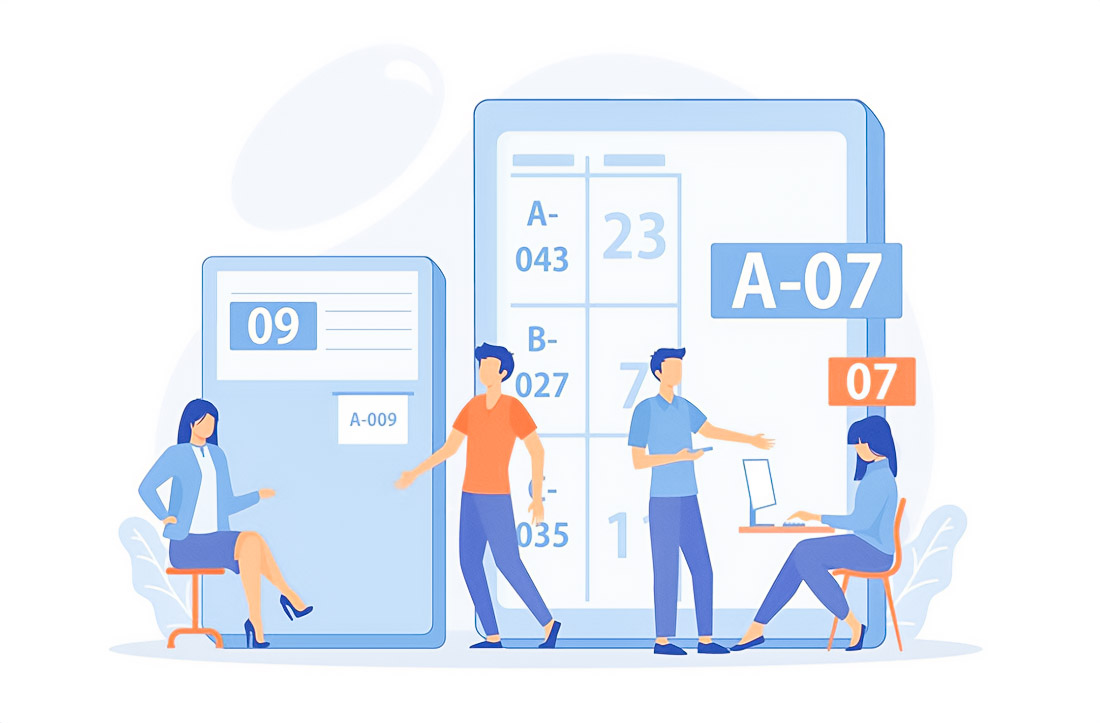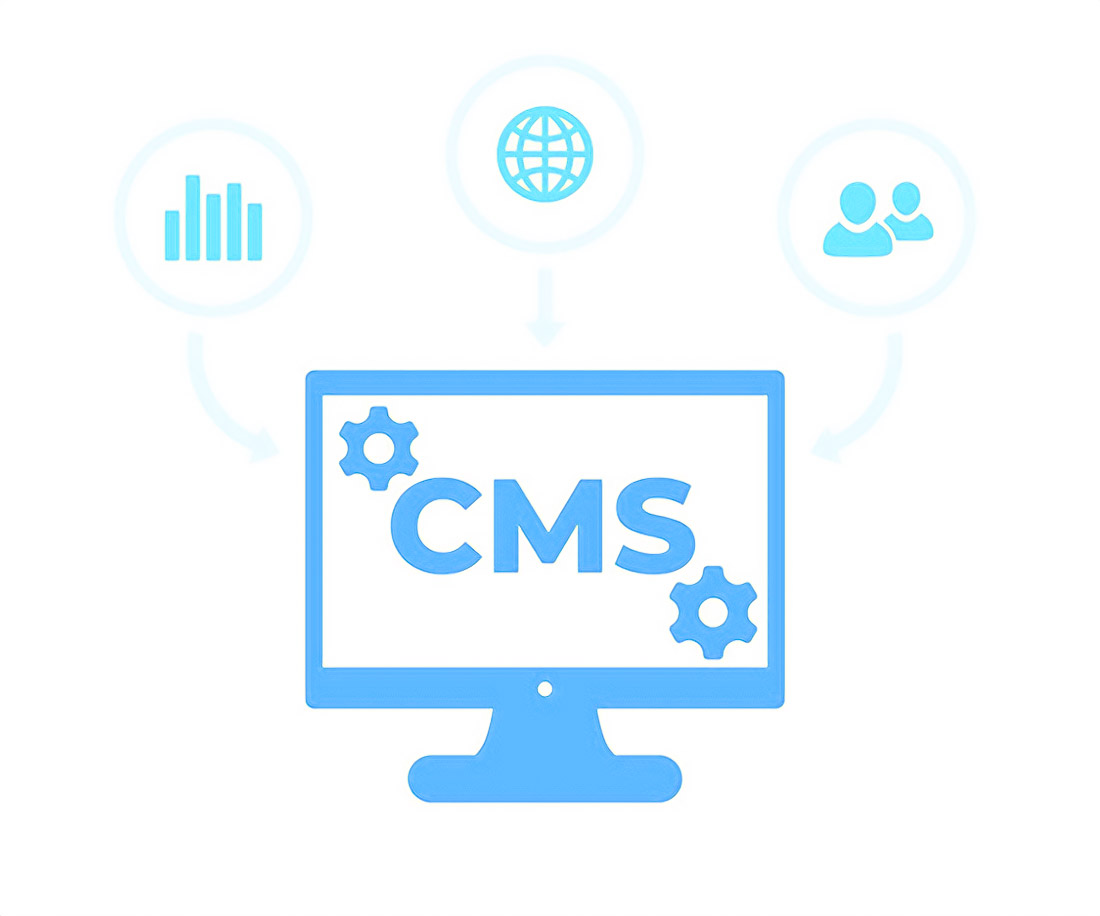Modern queue management systems in Dubai are used in clinics, banks and other institutions to manage the flow of customers. But sometimes the technology does not work as expected. Here are three real examples of failures and what businesses learned from them.
Page Content
Scenario 1: Overcrowded Waiting Areas and Loss of Customers

In one of the institutions, staff relied on manual queue allocation without automated control. During rush hours, this led to chaos at the reception desks, increased waiting times, and dissatisfaction among visitors. Some customers simply left the service area without waiting for the reception.
Lesson: the introduction of a queue management system with the possibility of remote registration and a virtual ticket allows you to distribute the load and reduce the density of visitors, preventing queues.
Scenario 2: Lack of Transparency About Waiting

Clients would receive a paper coupon number on arrival to the clinic but would not have any inkling of how long they would have to wait, thus amplifying the uncertainty-so much so that grievances were being lodged. Some visitors left the institution before being attended to.
Lesson: The approximate waiting time has to appear on the queue number service board or be sent through SMS. Transparency would create satisfaction and share the burden with staff.
Scenario 3: Staff Resisting New Technology

Unacceptance of the system on the part of personnel was found at the medical center; the interface was considered cumbersome, working with coupons even bearing a certain amount of distrust. All this led to underutilization of the system and hence less efficiency.
Lesson: Training staff, showing a clear interface, and providing user support are imperative before launch. Without employee adoption, even the most highly technical queue management system will fall short of the expected outcome.
What Lessons have the Business Learned?
These situations have shown that even a well-designed queue management system can fail if:
- there is no automation of registration and distribution of flows.
- users do not receive information about the waiting time.
- the staff is not trained to work with the new technology.
After analysing the errors, companies in Dubai began to implement virtual queues, remote recording via QR code, SMS notifications with time calculation and dashboards for collecting statistics. Such measures can reduce waiting times by 30-65%, increase employee efficiency, and improve the visitor experience.
Result
The unsuccessful implementation of the queue management system has shown that the key to success is not only technology, but also adaptation to real—world working conditions. To avoid mistakes, it is important for businesses to combine automation, transparent customer information and high-quality staff training. This allows you to create a convenient and fast service that increases loyalty and reduces the number of refusals from visits.
An experienced businessman. Traveler and philanthropist. A blogger with experience of interaction.
